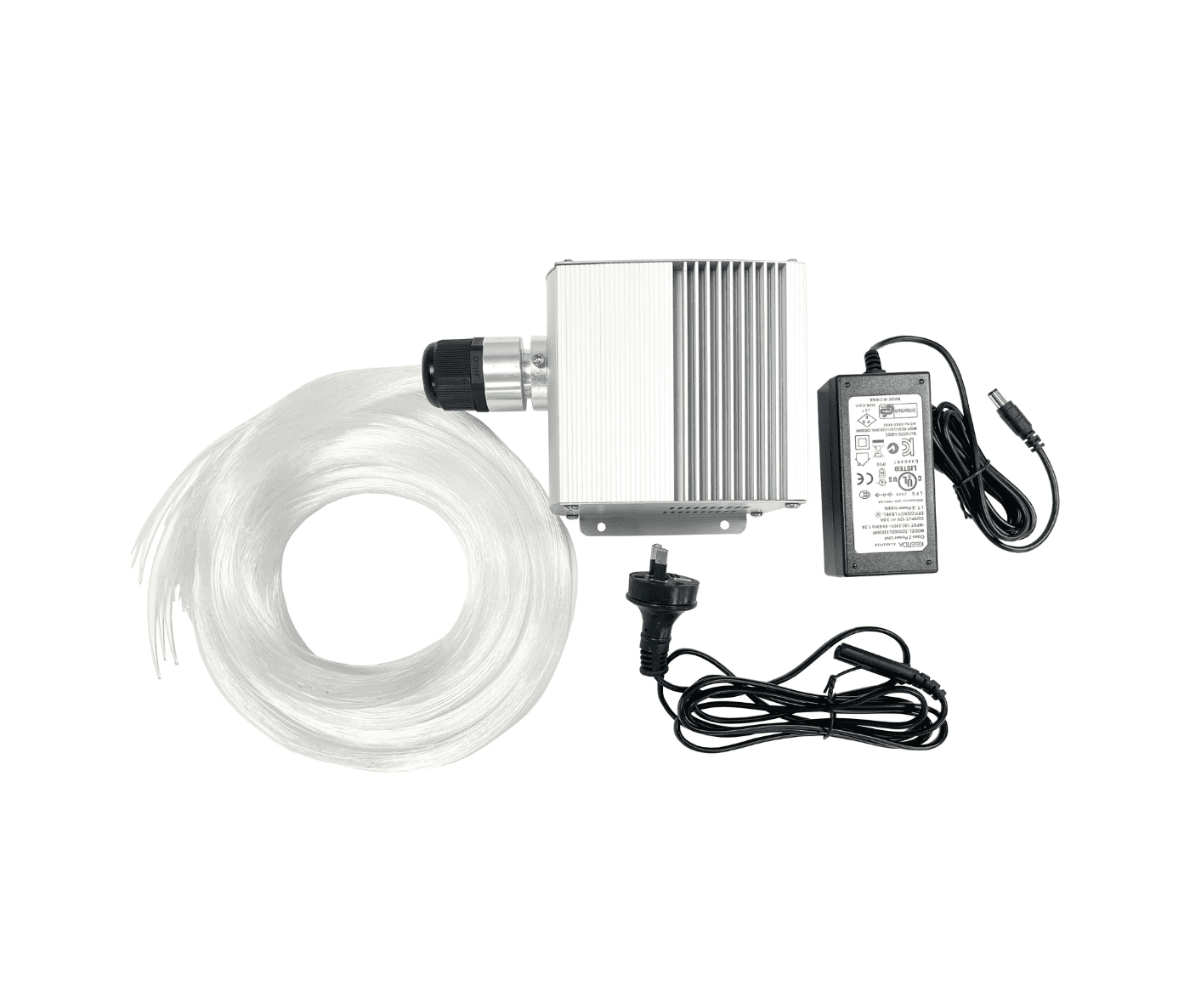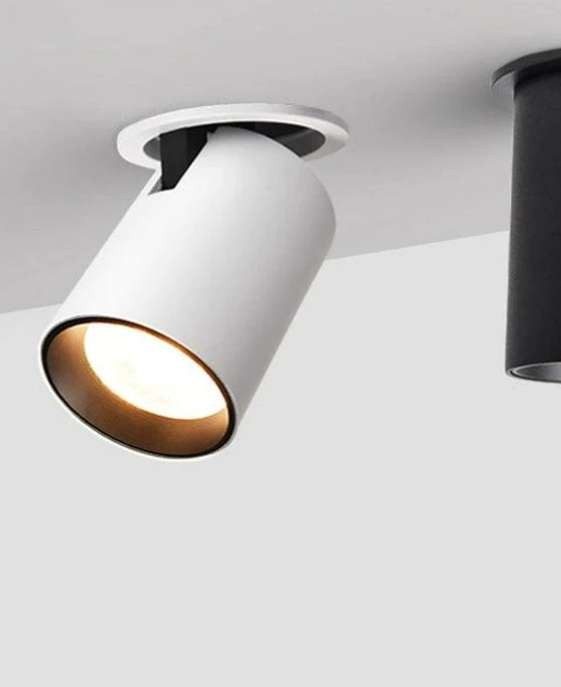Fountain & Water Feature Lighting Design
Water features can make a stunning addition to any backyard or commercial landscape design project, or can be built as a stand alone
feature. In much the same way that painters mix colours to create the desired shades and movement within their designs, water can be shaped
and illuminated , not only by correct placed light fixtures, but also the materials used in construction, ambient light and surrounding
architecture.
Design Considerations:
What am I illuminating ? it is important here to not only consider the illumination of the moving water, but also the surrounding environment including walls, ceilings and plantings that may stand near the water. Light reflected from a moving water surface can undulate and dance on these surfaces and add motion to an otherwise static environment. Designing for effect: Water can take a diverse range of forms and shapes and numerous lighting design techniques can be applied depending on what you are trying to illuminate. An interior water wall calls for a completely different set of design parameters than a dynamic sequencing outdoor feature.
Water in motion will typically move in the following four ways:
It shoots up in the air. This type of water movement is typically either a clear stream (non-aerated) or foamy (aerated)
effect and rises and falls vertically. The most effective method to illuminate this type of water moment is the use of submersible pond
and fountain light fixtures placed around the water source to illuminate the water both on its rise and fall.
It arches from one point to another: Similar to the vertical effect, but the water lands in a different area to its
source. Submersible fixtures are again used, however they must be positioned at both the source and landing location which will double the
number of required light fittings. The exception to this are the laminar flow jets which have an LED light source built into them and the
water acts much like a fibre optic cable.
It falls: Waterfalls, rain curtains, ejector nozzles are just some methods that can be used to make water fall. There are
a variety of methods you can use to illuminate this type of water effect as well as taking advantage of natural ambient light including
submersible and non submersible LED lights. Up-lighting can be extremely effective as it will project the waters motion against a surface.
It flows on a surface: This is the most difficult shape of water to illuminate as it flows across a structural form. The
aim here is to try to illuminate the structure or surface rather than the water itself.
Approach to lighting water features:
Natural light - this can really augment the lighting of a water feature, however it cannot be relied on as the sole light
source, and while it can be used effectively must also be balanced as it can overwhelm the water shapes if not correctly controlled. Water
effects can also work together with natural light - aerated or bubbly water will diffuse and reflect natural light rather than letting it
go straight through to the surface and can create spectral reflections - a shimmering effect on the surrounding area. This is particularly
effective on indoor water features where the reflected light can create movement on walls and floors. With still bodies of water, natural
light will pass straight through and without the movement or aerated bubbles will have very limited effect. Submersible light fixtures
should be used if shimmering effects are required.
Non Submersible lights: These can be used to effectively mimic the behaviour of natural light and should be used together
with submersible lights for best effect. External lighting cannot be used to effectively illuminate a clear jet of water as the light
would pass straight through the water stream.
Low voltage submersible lights: These were commonly halogen type lamps with external colour filters, however with the
developments and improvements in LED technology, not only are high-powered LEDs as bright as their traditional alternatives, but can
effectively be used to paint the feature with up to 16 million possible colours from a single fixture without the need to change lenses.
Quality, high end fountain light fixtures are often manufactured from bronze and/or copper, however there is now a range of cheaper
stainless steel or plastic fixtures available for smaller fountains that may not be subjected to the same levels of abuse as a commercial
project. Submersible, low voltage water feature lighting fixtures are often free-standing and adjustable, so they can be moved and adjusted
to suit the fountain features and optimise the visual effects. Developments in LED technology and fixtures has also seen the rise of
amphibious wet or dry lighting fixtures that can be used both above or below the water and are perfect for use in dry decks, splash pads
or interactive nozzles.
Spot Lighting Vs Flood Lighting: The difference between the two is simply the angle or spread of the light from the
fixture. A spotlight has a narrow, focused beam of light while a flood light creates a wider spread over the surface and surrounding area.
Depending on what you are trying to illuminate will dictate what type of beam spread you need. Vertical jets require a narrow focused beam
with a bight centre, while water walls, foaming or cascade jets and low height features can be well illuminated with the wider spread of
light.
Lighting Solutions in Motion:
Falling Water: While natural light is the most effective method to illuminate water as it falls, relying on it as your
sole source of light means you cannot exploit this effect at night. To do this you must position the correct type of lighting fixtures in
the right position and at the proper angle. As the majority of waterfalls are less than 2m high, the most effective method of illumination
is up-lighting. We would usually recommend the highest power (18 watts minimum) spaced 1200mm - 1500mm apart, using angle adjustable
fixtures place them either just in front or just behind the fall. Hint - keep the fixtures away from directly under the aerated water
circulating around the landing zone as it will disperse too much of the available light.
Sloped spillways: these are technically the most challenging of water features to properly illuminate - the biggest
challenge is just what part to light up. One method to capturing the motion of the water is to focus on "pick up" points where
the water drops vertically or where water and air mix together. In the case of sloping spillways, you can design the surface with plated
elevation changes, these will cause turbulence in the waters flow that will cause the air to mix with the water. These are the ideal
points to locate a light fixture. Given these are usually small areas, a small, compact lighting solution is required. In the past we have
used fibre optic lighting due to their compact size, however now with the range of speciality fixtures we carry, the small 1 watt or 3
watt LED light fixtures are perfect for this type of installation and are best mounted in the walls beside the elevation changes to wash
light over the surface.
Vertical Fountain Effects: Vertical water effects are the most common type of water feature / fountain effect.
Illumination is fairly straight forward and best accomplished by placing a submersible light below the nozzle. Narrow and high water
effects require narrow optic lights - 10 - 15 degrees to keep the light focused in the water column. Medium beam floods are better suited
for aerated or foaming nozzles or cascades, or for groups of small vertical nozzles. Usually when we are working on designs, we use 2
lights per nozzle as they are often viewed from 360 degrees. The exception to this rule is when vertical nozzles are grouped together in a
ring or circle, for this type of feature we would usually mount fixtures in the middle of the nozzles. Hint: place the fixtures as close
as possible to the water surface 25mm - 50mm is ideal as the light efficiency will decrease significantly the deeper it is installed. When
you cannot aim your fixture directly at the nozzle - then use a submersible light with tilt angle adjustment. They are usually a little
bit more expensive but worth every penny for the end result.
Aerated Vertical Fountain Effects: Aerated water is the white, foamy looking stuff created when you mix air and water
under pressure. Compared to a clear stream jet, this type of effect requires double the amount of light, but can produce some breath
taking results. The key point is when positioning the light fixture to keep as much of the foaming water away from the light as possible
in order to maximise the lights' intensity. Again the fixtures are best positioned less than 50mm from the water surface and can be
positioned as far as 600mm - 900mm away from the nozzle itself - hint - if you are placing the fixture further from the nozzle - a tighter
beam angle may work better to focus the light on the aerated column of water.
Structural and sculptural water features: sculptures and structures can be made to look totally different at night when
you illuminate selective features. Incorporate design elements such as corners, hollows and angles to create shadowing effects. Contrast
can be created using narrow beam spot lights on features to create shadows. Hint - design with movable fixtures in mind that can be
positioned after the construction has been completed to optimise the effects. Using non-movable light fixtures will limit the options
available.
We have a range of low voltage underwater lighting fixtures designed specifically for water features and have be working with this amazing medium for nearly 10 years - feel free to contact us with your water feature ideas and let us help you turn them into a stunning feature.


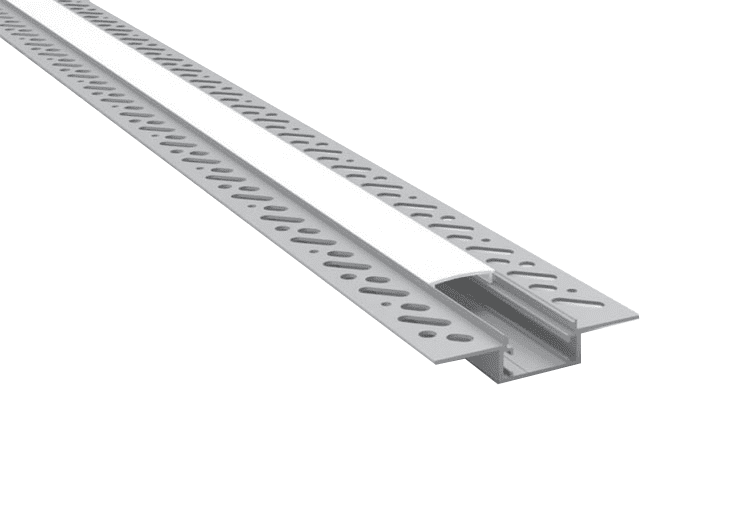
.png)
.png)
.png)
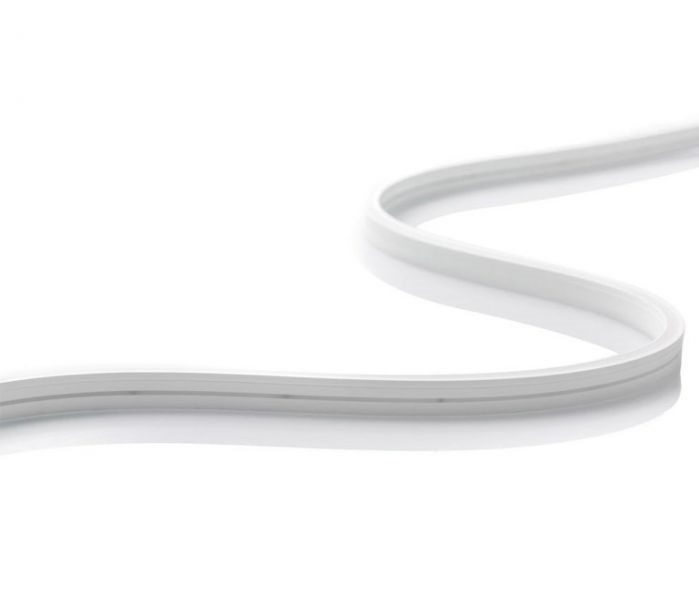
.png)
.png)
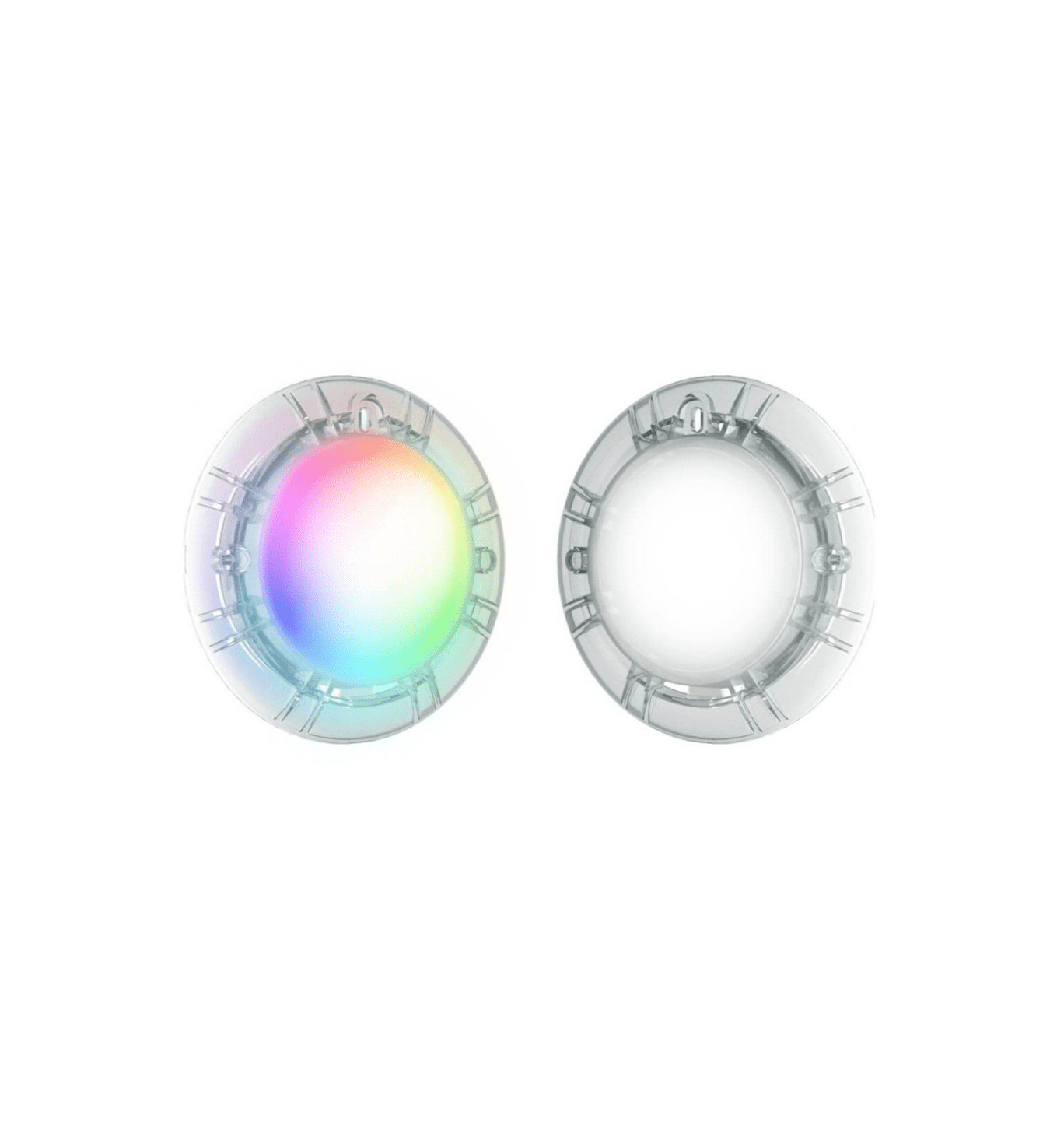
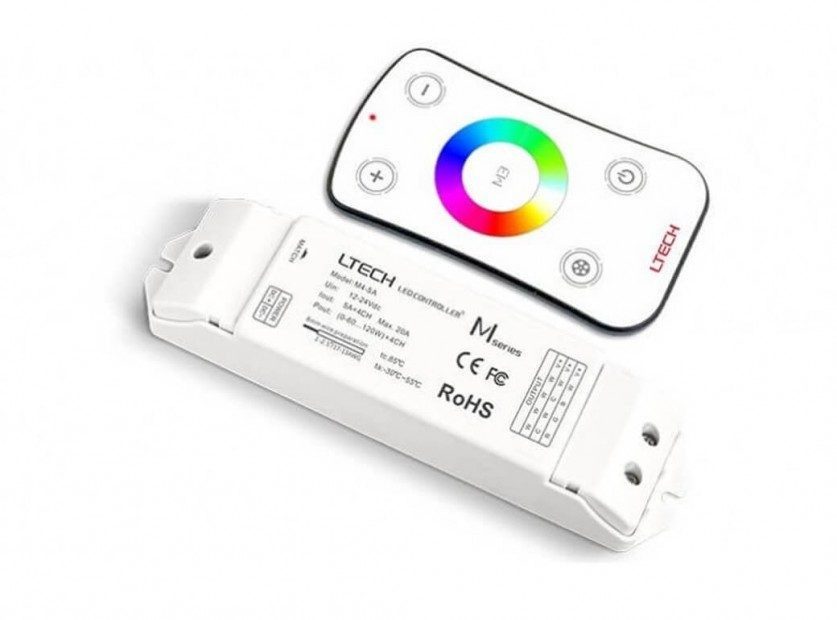
.png)
.png)
